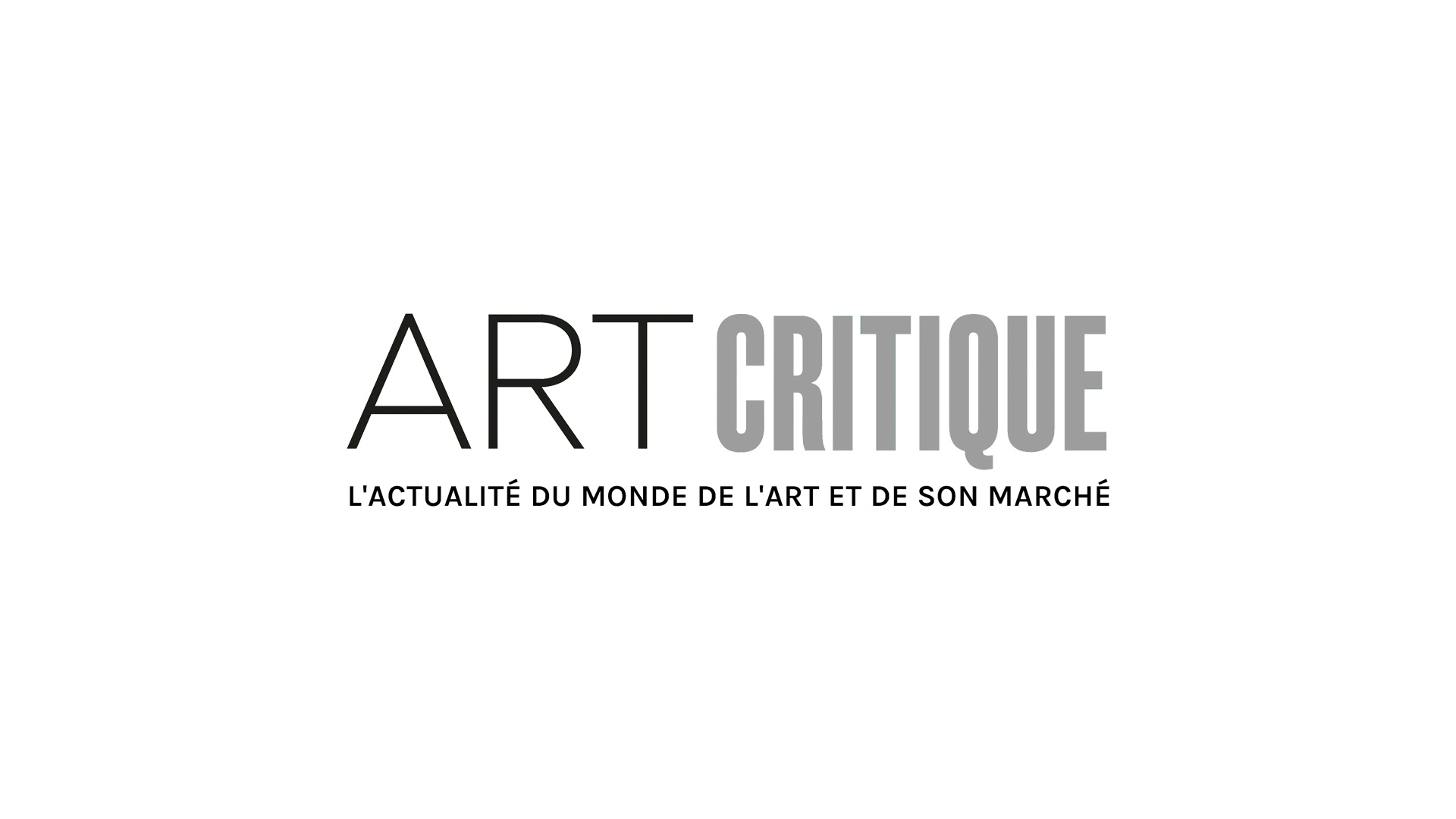Today, millions of Americans will sit down to enjoy a Thanksgiving Day spread of turkey, cranberry sauce, mashed potatoes, pumpkin pie, and a plethora of other artery-clogging foods, yet delicious, foods. Presently, Thanksgiving is more or less a day in which many spend time with family and think of all the things they’re thankful for in life, large and small. It isn’t often a day when people take a long, hard look at the oppressive history of the holiday.
While the narrative is beginning to change, historically, Thanksgiving Day is taught as a day when European settlers broke bread with Native American tribes after the two groups worked together so that the settlers were able to sustain life. It’s a picturesque idea but we know and are now quicker to recognize that that was not at all the way history really played out.
One way in which the narrative has been adjusted is at the American Museum of Natural History (AMNH) where one of its dioramas got a bit of a facelift last year. Known as the ‘Old New York Diorama,’ it was originally built in 1939 and over the last decade or so, it had received its fair share of question and critique.
The life-size model depicts a 1660 encounter between the Lenape, an Indigenous people who inhabited the area that is now New York City, and Dutch settlers. Two Dutchmen, one carrying a firearm on his shoulder and the other recognized as Peter Stuyvesant, a colonial governor of what was then New Netherland, greet two Lenape men, one of which is now recognized as Oratamin, a leader, or sachem of the Munsee branch. The Lenape men, carrying offerings for the settlers, are dressed in red loincloths and headdresses of varying degrees of intricacy. In the background we see the settlers’ ships in the harbour as Lenape women walk towards the men in calf-length skirts, chests bare, with their heads bowed downwards.
For some, the scene might not raise any eyebrows, but it perpetuates inaccurate stereotypes of how the interaction would have actually gone and it diminishes the colonization that was in motion. For instance, on such an occasion, the Lenape would have would have worn symbols of leadership and fur robes as opposed to loincloths. Additionally, the women in the background would not have been subservient; in Lenape culture, women did and still hold positions of power and leadership.
When the AMNH decided to take a serious look at how to resolve these issues, they contemplated how best to work with the diorama. ‘We could have just covered it over,’ said Lauri Halderman, vice president of the exhibition for the AMNH, to the New York Times. ‘What was actually more interesting was not to make it go away, but to acknowledge that it was problematic.’
In the end, the AMNH removed the glass protecting the model and added labels to highlight the inaccuracies in the dated diorama. Having taken most of 2018 and a sizable, undisclosed budget, the labels ask viewers to ‘reconsider the scene.’ The annotations only go so far, but the museum acknowledges that they haven’t pointed out every issue…mainly because the glass isn’t large enough to show them all. However, it makes those looking at the diorama realize that such works usually don’t tell the full story.
The ‘Old New York Diorama’ isn’t the only work at the AMNH that has gotten more attention recently. In fact, a statue of the person the diorama’s gallery is named for, Theodore Roosevelt, has been a point of contention as well. In recent months, the museum has asked the public to weigh in on the 1925 statue, which stands in front of the AMNH, that shows Roosevelt atop a horse flanked by a Native American man and an African man. While it is still undecided how the AMNH will address the statue, the diorama is one step made in the direction of highlighting problematic pasts.
Find a full interactive version of the updated diorama here.
Edited June 22, 2020 for issues of grammar.





